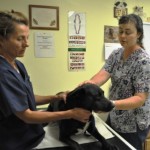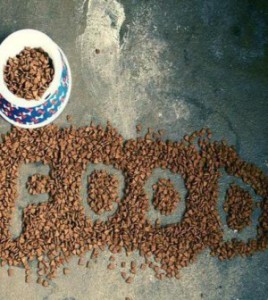
What does your pet food say?
Avoid pet food advertising hype?
Some pet food companies do a great job of marketing to pet owners. They claim that their pet food is all natural as if suggesting that another companies’ food is not made up of edible products. With that being said there is a difference in the quality of pet foods on the market.
It’s always best to feed the highest quality food your budget will allow. While lower cost brands usually have adequate protein content, it can be excessive for the pet’s life stage. Many of these foods also contain excess amounts of minerals (ash), including salt.
A veterinarian well versed in nutrition can be a valuable resource for helping one develop the best feeding plan for the pet. Stay tuned for a list of pet food terminology





 Over half of US cats and dogs are overweight or obese and their owners don’t even realize it.
Over half of US cats and dogs are overweight or obese and their owners don’t even realize it. See your veterinarian for more information on assessing your pet’s weight and selecting the best food for your pet’s life stage and health needs.
See your veterinarian for more information on assessing your pet’s weight and selecting the best food for your pet’s life stage and health needs.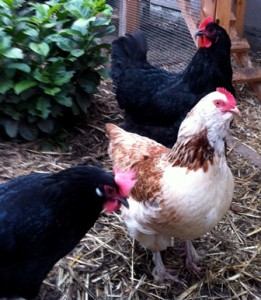

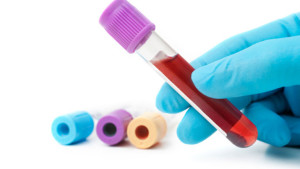 My doctor orders blood work on me when I go in for a physical. Do they offer the same blood work for pets?
My doctor orders blood work on me when I go in for a physical. Do they offer the same blood work for pets?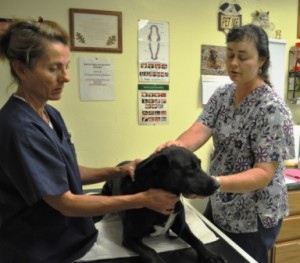
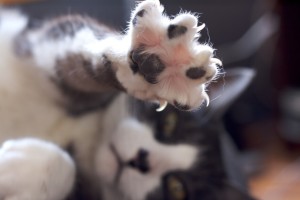 Cat scratch fever is a disease that various mammals including dogs, cats and people can get. It is caused by a bacterial species known as Bartonella. Fleas play a role in the transmission of some of the Bartonella bacterial species.
Cat scratch fever is a disease that various mammals including dogs, cats and people can get. It is caused by a bacterial species known as Bartonella. Fleas play a role in the transmission of some of the Bartonella bacterial species.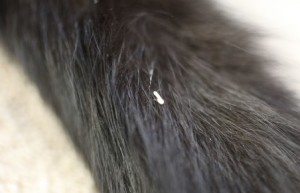 Yuck! Yuck! Double yuck! I saw a small white worm about the size of a grain of rice crawling around the underneath side of my dog’s tail. Worse yet he sleeps on my bed. What do I do?
Yuck! Yuck! Double yuck! I saw a small white worm about the size of a grain of rice crawling around the underneath side of my dog’s tail. Worse yet he sleeps on my bed. What do I do?